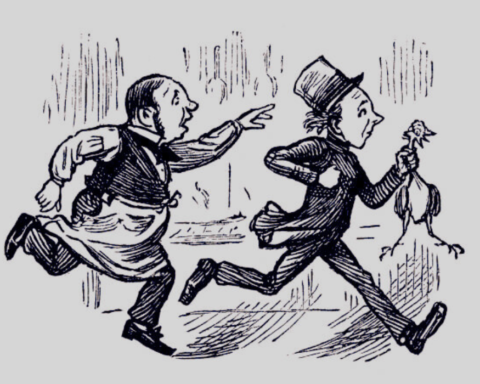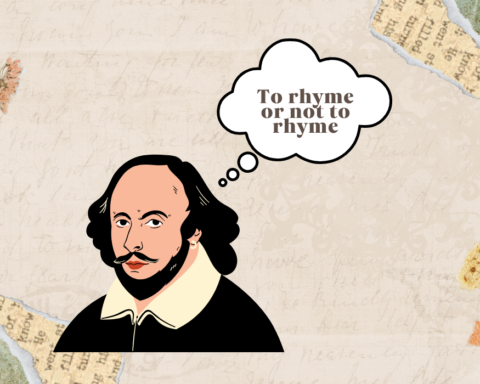The mauve synthetic dye originated accidentally in 1856. William Henry Perkin, an 18-year-old chemist, was trying to synthesize quinine at that time. It was used to cure malaria.
He observed an unusual residue, which proved to be the first aniline dye. He termed the dye Tyrian purple at first. But, later in 1859 after its commercialization, the name changed to mauve.
Perkin’s mauve, mauveine, or aniline purple are the common names for this color mauve.
The historic context
In the mid-19th century, the British Empire was adding colonies in tropical regions. The number of soldiers suffering malaria was increasing. Quinine was the sole medicinal treatment present at the moment.
It was derived from the cinchona tree’s bark and was costly to acquire. These trees were only found in the Andes, South Africa. It was critical to discover a more cost-effective way to get quinine. The only way to do so was to create it chemically in the lab.
William Henry Perkin and his professor August Wilhelm von Hofmann were focused on the job. Perkin was then studying at the Royal College of Chemistry. He tried an innovative idea in the laboratory of his London home. It was during the Easter break of 1856, when Hofmann was visiting his family.
To generate quinine, Perkin oxidized a thick, oily coal tar called aniline. He failed, and the research resulted in a brilliant crimson material. He continued to mix it until it became a black ooze. It developed a glossy purple color when he washed it out with alcohol
He had just acquired the world’s first synthetic dye, unintentionally, at the age of18. Dyes were produced from organic sources such as plants, insects, and minerals preceding Perkin’s discovery.
These dyes were time-consuming and costly to produce. Also, they would fade after washing or sunlight exposure. As a result, wearing color was an explicit mark of wealth. The ordinary person in the 1850s was generally dressed in dreary beige and brownish.

An example of Fortune
This discovery, like many other cases of coincidence in science history, was not made by mistake. Although luck played an important role, the observant attitude of Perkin was more relevant. This allowed him to look past a dismal outcome.
He undertook further tests to refine his approach with the aid of his brother and a friend. Professor Hofmann supervised the whole process. In August 1856, he received a patent for it.
He also chose to sell his invention, exhibiting a sense of entrepreneurship. He discovered he could make his own inexpensive dyes to save money. The only method to get mauve clothing before Perkin was to use natural dyes. The majority of them were obtained from animals.
A common instance is Tyrian purple. It was produced from the mucous of the carnivorous sea snail Bolinus brandaris by the Phoenicians. Senators wore garments of the same shade in ancient Rome.
Two mollusk species have also been collected for its manufacture. Producing the dye was a laborious task that nearly wiped out the eukaryotic organisms.
Purple was still a popular hue in the 1850s, but mollusks weren’t available. Murex ide was the best source in the UK, which was at the time the world’s textile center. It was really produced from guano and named for the Murex snail. Bird faeces, to be exact.
Owing to Perkin, a color that was once available to a few, became inclusive. Mauve clothes were prevalent a few years after his discovery, notably in Paris and London.
It was popularized by Queen Victoria. She wore a mauve dress colored with Perkin’s mauve to the Royal Exhibition in 1862. It became notorious as mauveine, a name derived from the terms mauve and aniline.
The unfathomable industrial influence of mauveine
The invention of mauveine prompted rivalry between the UK, France, and Germany. This gave the chemical sector a huge boost. There were 28 dye factories within five years of its inception. Many of them, like BASF in Germany, went on to become industry behemoths.
The still-young scientist continued working on dyes, inks, and paints. He also developed coumarin, one of the first synthetic fragrances. The so-called Perkin reaction is responsible for this.
William Henry Perkin had become a billionaire at the age of 21. He retired at the age of 36 to focus solely on organic chemistry exploration. His insights have far-reaching implications beyond the fashion industry.
Perkin’s mauve was a revolution not just in the dye business, but also in medicine, according to Simond Garfield. He is the author of the book “Mauve.”

Walther Fleming’s ability to color cells was dependent on his research with synthetic colors. It also enabled him to analyze chromosomes under a microscope.
They also aided Robert Koch in his discovery of the tuberculosis-causing bacillus. He colored a patient’s phlegm and also won the Nobel Prize in Medicine in 1905.
Furthermore, the creation of Perkin’s dyes was critical for Paul Ehrlich’s research. He was a forerunner in chemotherapeutic study and received the Nobel Prize in Medicine in 1908.
Perkin survived to see how his mauve dye might be used in medical ways he never envisaged, saving countless lives. Lilac, violet, and mauve are just a few of the colors available. Any of the color names is a long way from the dye’s scientific name: Acetate of 3-amino-2, -dimethyl-5-phenyl-7-(p-tolylamino) phenazine.
Since 1994, this long and difficult-to-remember word has been in use. It was when the chemical structure of mauveine was finally identified. It was only then that the story’s biochemical protagonist was discerned. A chemical molecule, known for its capacity to dye the mauve-colored textiles that transformed the globe.
Conclusion
Perkin’s discovery has an incalculable influence on the world we live in today. Modernity is associated with the vivid hues of colored posters and robes. The artificial color’s vast variety represented the overflow of a nascent mass consumption society.
The introduction of low-cost dye also modernized color. While purple was originally the color of royalty, it was quickly followed by hundreds of different synthetic colors.
We take color for granted because it is so inextricably linked to our lives. So, the next time you put on a brilliantly colored shirt, remember Sir William Perkin.
Politigory provides in-depth reviews of science, history, humanities, religion, social sciences and arts









